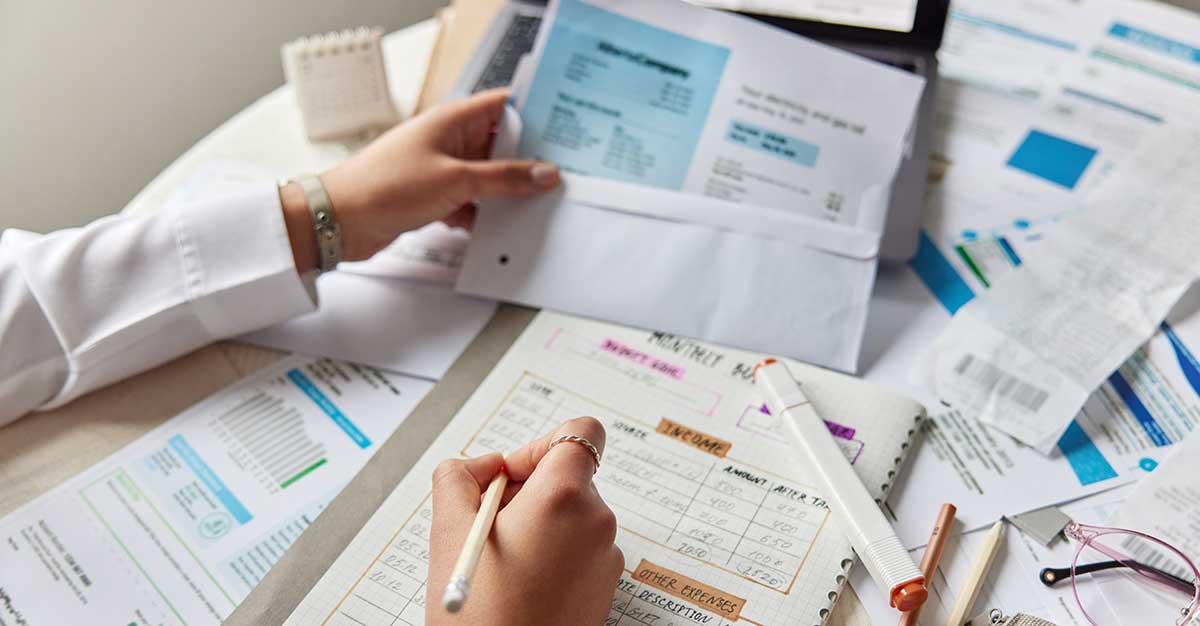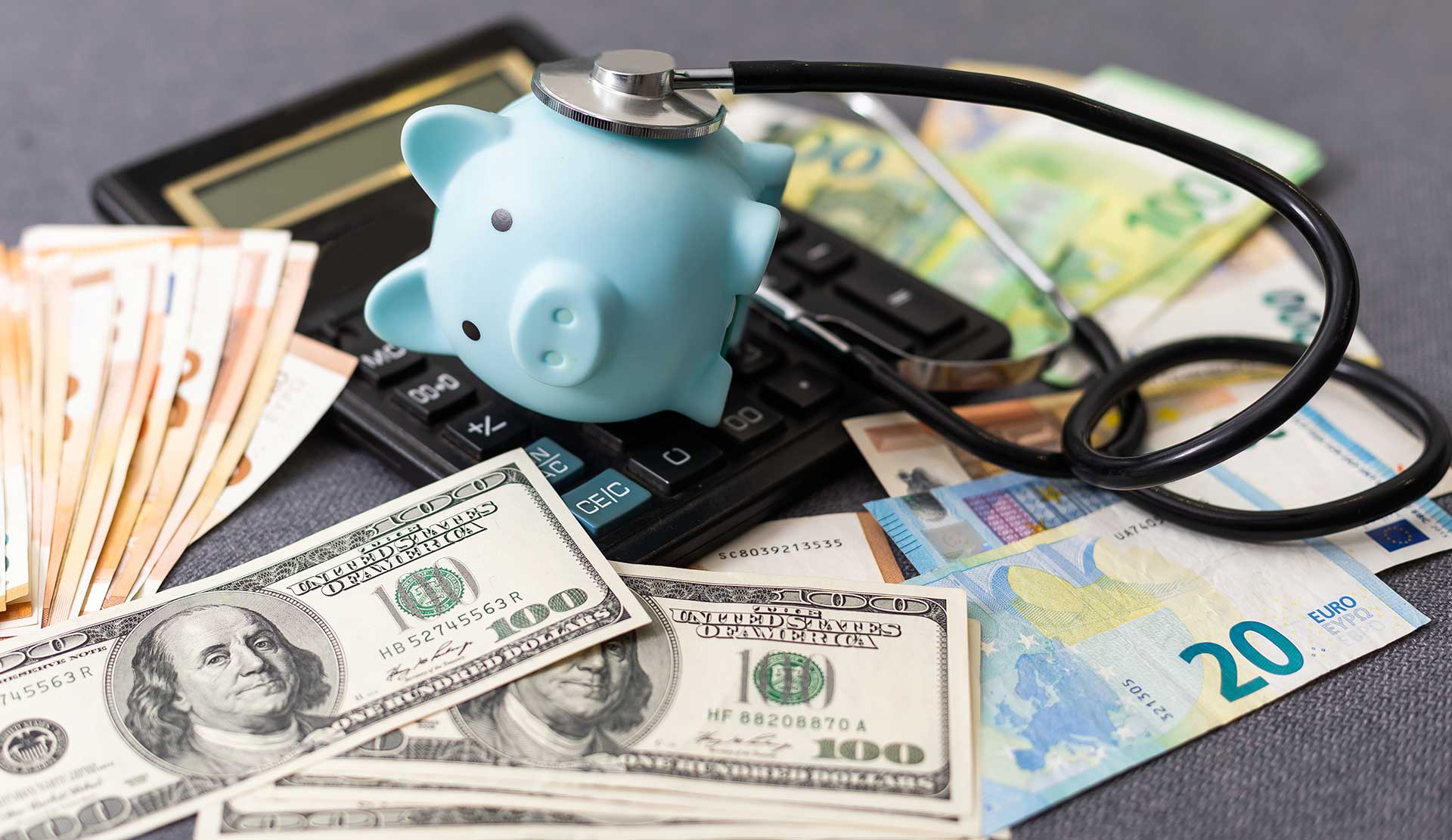Why an Emergency Fund Is Essential
Life is unpredictable, and financial emergencies can arise when you least expect them. Whether it’s a sudden job loss, medical expense, or unexpected car repair, having an emergency fund can provide peace of mind and financial security. Without one, you might find yourself relying on credit cards, loans, or even borrowing from friends and family—options that can lead to long-term financial strain.
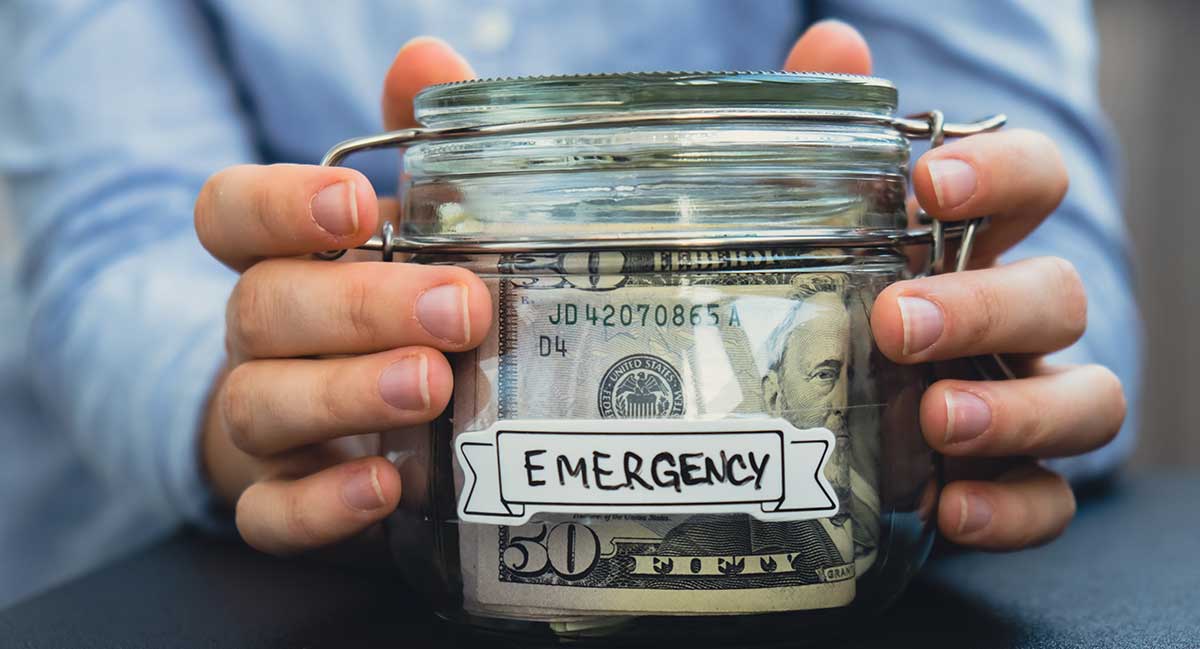
How Much Should You Save in Your Emergency Fund?
The Three-Month Rule vs. the Six-Month Rule
- Three Months’ Expenses: Suitable for individuals with stable jobs, low expenses, and multiple income streams.
- Six Months’ Expenses: Recommended for self-employed individuals, single-income households, or those in industries with frequent layoffs.
Evaluating Your Expenses
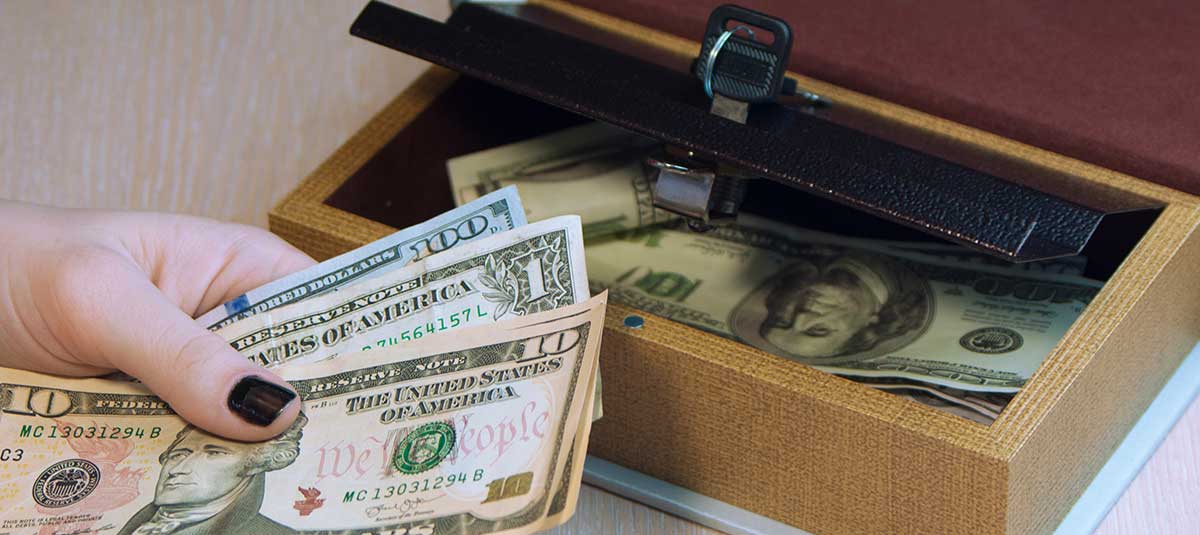
Where to Keep Your Emergency Fund
High-Yield Savings Accounts
A high-yield savings account is one of the best places to store your emergency fund. These accounts offer higher interest rates than traditional savings accounts while keeping your money accessible.
Example: If you deposit $10,000 into a high-yield savings account with a 4% annual interest rate, you could earn $400 in interest over a year.
Money Market Accounts
Certificates of Deposit (CDs) with a Laddering Strategy
A CD can offer a higher interest rate than a savings account, but it locks your money in for a fixed period. However, using a CD laddering strategy—dividing your emergency fund among CDs with different maturity dates—can provide some liquidity while maximizing earnings.
Example: If you have $12,000, you could place $4,000 in a 6-month CD, $4,000 in a 12-month CD, and $4,000 in an 18-month CD. As each CD matures, you can decide whether to reinvest or keep the funds available.
Keeping a Small Portion in Cash
While most of your emergency fund should be in an account earning interest, keeping a small amount—such as $500 to $1,000—in cash at home can be helpful for immediate expenses during unexpected situations like power outages or bank issues.
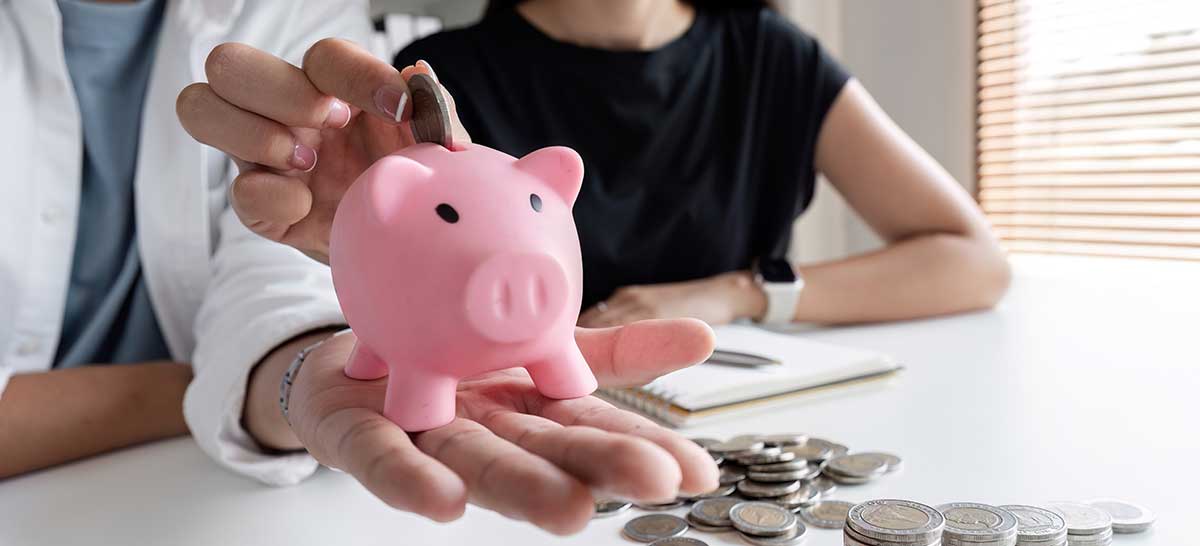
How to Build Your Emergency Fund
Start Small and Be Consistent
If saving several months’ worth of expenses seems overwhelming, start with a small goal. Setting aside $50 to $100 per paycheck can increase over time.
Automate Your Savings
Use Windfalls Wisely
Consider allocating a portion to your emergency fund whenever you receive extra money—such as a tax refund, work bonus, or cash gift.
Reduce Unnecessary Expenses
